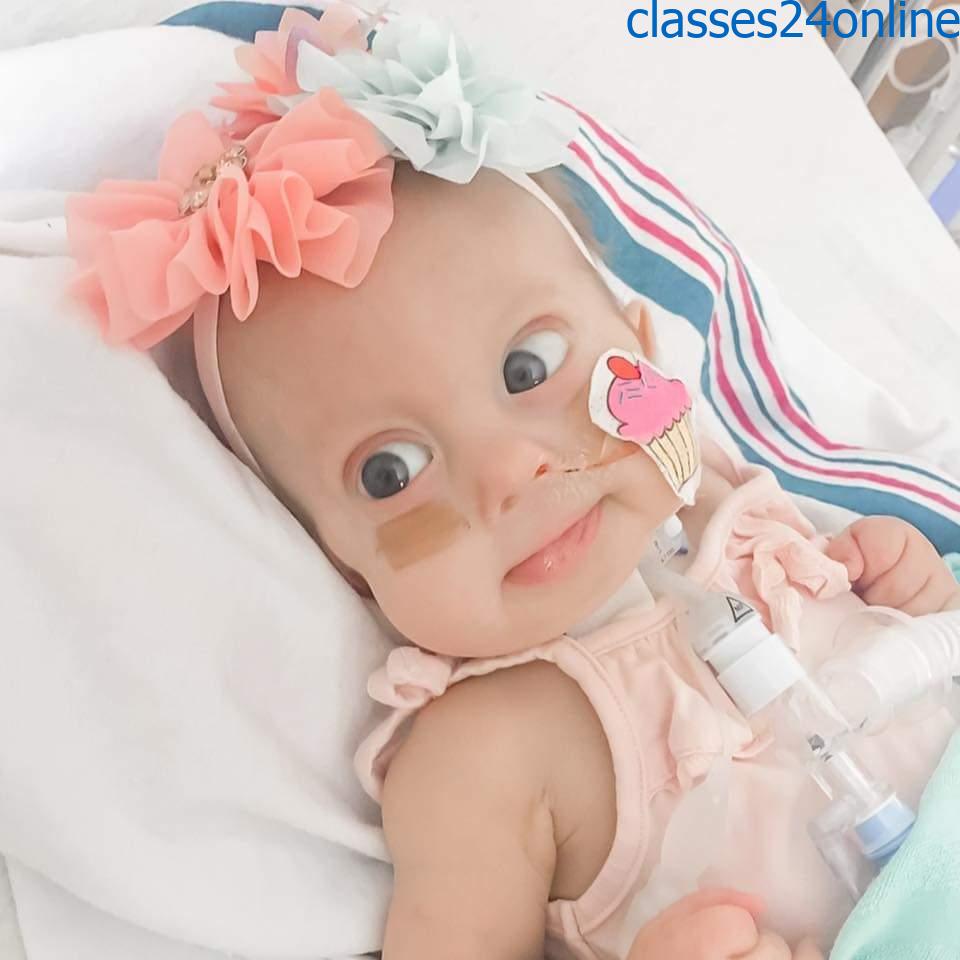Symptoms, causes and treatment of trisomy 18 or Edwards syndrome

Symptoms, causes and treatment of trisomy 18 or Edwards syndrome
Symptoms, Causes, and Treatment of Trisomy 18 or Edwards Syndrome; Trisomy 18 is a chromosomal abnormality caused by the presence of an extra chromosome 18, which results in intellectual disability and physical abnormalities.
It is caused by an extra copy of chromosome 18.
Affected children are usually young and have many physical deformities, as well as problems with internal organs.
Tests may be done before or after birth to confirm the diagnosis.
Trisomy 18 is incurable.
Trisomy 18 or Edwards Syndrome Symptoms, Causes and Treatment: Physiopathology and Basic Information
- Chromosomes are structures in cells that contain DNA and many genes.
A gene is a piece of deoxyribonucleic acid (DNA) that contains the code to make a specific protein that may play a role in the functioning of one or more cells in the body - Genes contain instructions that determine how the body works.
- The presence of an extra chromosome is called trisomy.
- Children with trisomy 18 have three copies of chromosome 18.
- Trisomy 18 occurs in about 1 in 6,000 newborns. However, affected fetuses are often spontaneously aborted. The extra chromosome is often passed on from the mother; Mothers over the age of 35 have a higher risk of having a child with Down syndrome, and girls are more often affected than boys.
Trisomy 18 or Edwards Syndrome Symptoms, Causes and Treatment: Symptoms
Affected fetuses in the womb are usually very inactive; There is often an excess of amniotic fluid and a small placenta.
physical deformities
At birth, newborns are often very small because their muscles and fat tissue are underdeveloped. Affected newborns usually lack muscle tone and cry weakly.
The mouth and jaw may be small, giving the newborn’s face a squeezed appearance.
Other common physical abnormalities, including a small, deformed head, drooping ears, narrow pelvis, and short stature.
Physical deformities can occur at birth. However, sometimes it is less obvious.
The fist is clenched and the two index fingers are often placed over the middle and ring fingers; nails are underdeveloped; Skin folds, especially on the neck, are common.
The big toes are often atrophied and curved upwards.
internal anomaly
The internal organs also have abnormalities, as serious abnormalities can be present in the heart, lungs, digestive system and kidneys.
Newborns may also have a hernia and the muscles may detach from the abdominal wall.
Trisomy 18 or Edwards Syndrome Symptoms, Causes and Treatment: Diagnosis
Before birth, an ultrasound examination of the fetus or blood tests of the mother
Chorionic villus removal, amniocentesis or both
After birth, the child’s physical appearance and the child’s blood tests
Before birth, trisomy 18 may be considered based on fetal ultrasound results.
Sometimes fetal DNA can be detected in the mother’s blood and used to diagnose an increased risk of Down syndrome.
If these tests suggest trisomy 18, the diagnosis is often confirmed with chorionic villus sampling, amniocentesis, or both (screening for genetic and genetic abnormalities).
After birth, the baby’s appearance may indicate trisomy 18. To confirm the diagnosis of trisomy 18, the baby’s chromosomes are checked through a blood test.
Symptoms, causes and treatment of trisomy 18 or Edwards syndrome: diagnosis and treatment
Trisomy 18 is incurable.
About 50% of affected babies die within the first week after birth and less than 10% survive a year. Children who survive have severe developmental delays and disabilities.
Families with a financially ill person, especially psychologically, should be supported.





